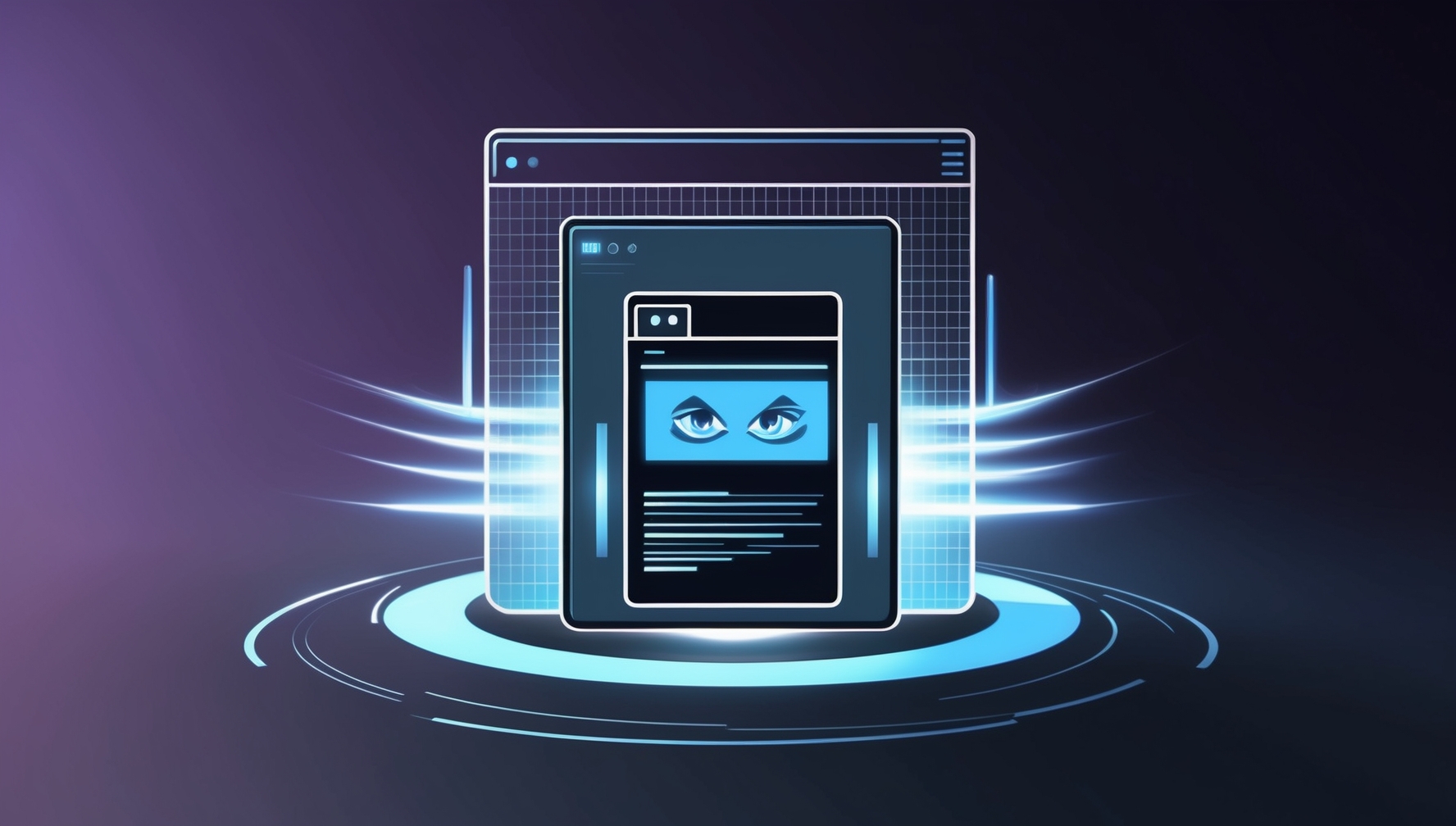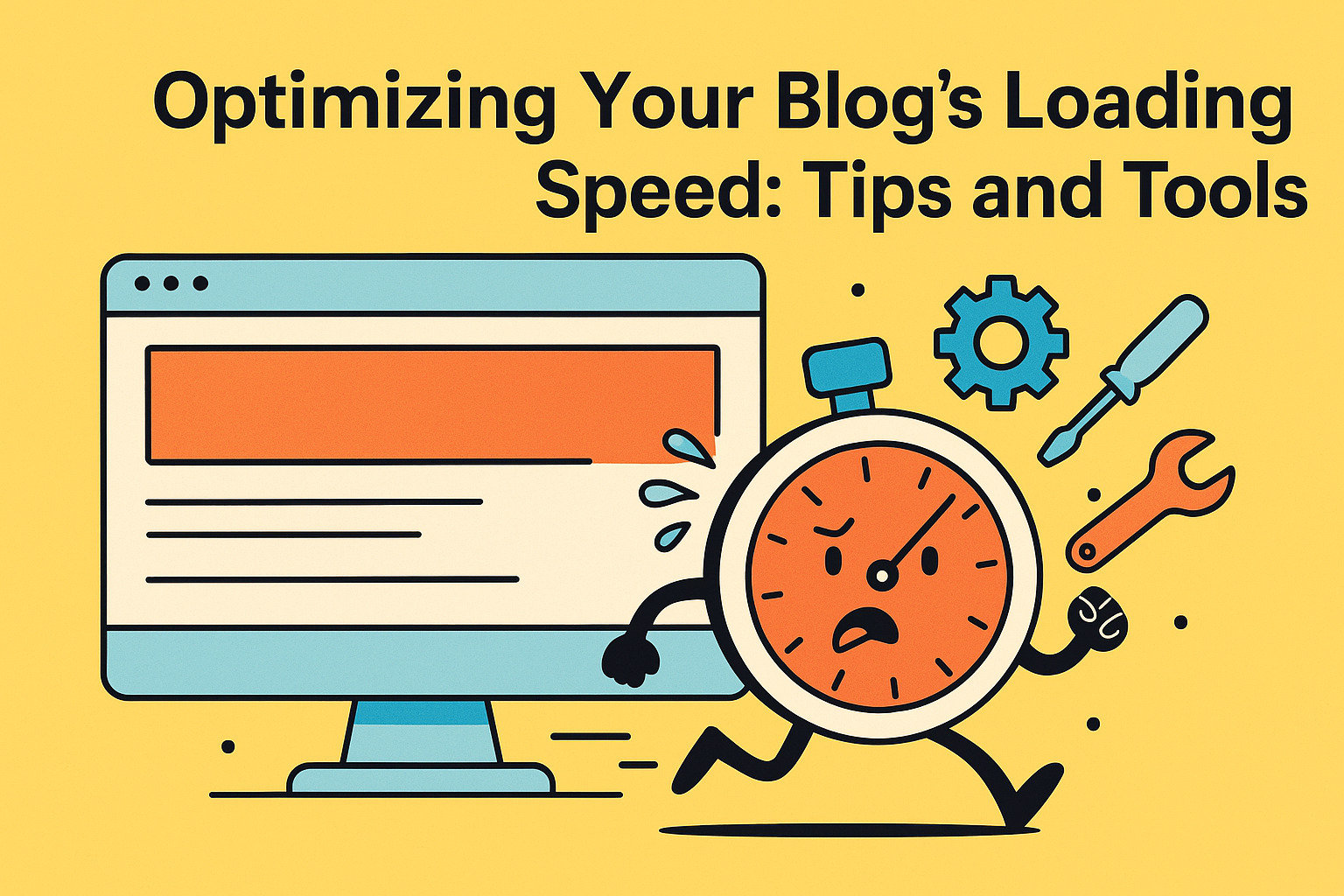Website Security: Protecting Your Blog from Threats
In the digital age, maintaining robust security for your blog is crucial to protect your data, maintain your credibility, and ensure a safe experience for your readers. Cyber threats such as hacking, malware, and data breaches can compromise your blog’s integrity and user trust. Here are some essential strategies to protect your blog from threats.
1. Use Strong Passwords and Authentication
Strong passwords and authentication methods are your first line of defense against unauthorized access.
Key Techniques:
- Complex Passwords: Use complex passwords that include a mix of letters, numbers, and special characters. Avoid common words and phrases.
- Two-Factor Authentication (2FA): Implement 2FA to add an extra layer of security, requiring both a password and a secondary verification method.
- Password Managers: Use password managers to generate and store complex passwords securely.
2. Keep Your Software Updated
Regular updates patch vulnerabilities and ensure you’re running the latest, most secure versions of your software, including plugins for WordPress.
Key Techniques:
- Regular Updates: Keep your blogging platform, plugins, and themes updated to the latest versions.
- Automatic Updates: Enable automatic updates where possible to ensure timely application of security patches.
- Security Patches: Apply security patches immediately to address newly discovered vulnerabilities.
3. Use Secure Hosting Services
Choosing the best blog hosting service can significantly reduce the risk of attacks on your blog, ensuring that you have robust security measures in place.
Key Techniques:
- Reputable Hosting Providers: Choose hosting providers known for robust security measures.
- SSL Certificates: Ensure your hosting service provides SSL certificates to encrypt data transmitted between your site and users.
- Regular Backups: Use a hosting service that offers regular backups and easy restoration options.
4. Implement Firewalls and Security Plugins
Firewalls and security plugins provide additional layers of protection against various threats, helping to secure your site more effectively.
Key Techniques:
- Web Application Firewall (WAF): Implement a WAF to filter out malicious traffic and protect against common attacks like SQL injection and cross-site scripting (XSS).
- Security Plugins: Use security plugins to monitor your blog for suspicious activity, scan for malware, and block unauthorized access.
- DDoS Protection: Ensure your security measures include protection against Distributed Denial of Service (DDoS) attacks.
5. Regularly Back Up Your Blog
Regular backups ensure you can quickly restore your blog in case of data loss or security breaches.
Key Techniques:
- Automated Backups: Set up automated backups to regularly save your blog’s data.
- Offsite Backups: Store backups offsite or in the cloud to protect against physical damage or local system failures.
- Backup Frequency: Adjust the frequency of backups based on how often you update your blog. Daily backups are ideal for frequently updated blogs.
6. Secure Your Login Page
Securing your login page can prevent brute force attacks and unauthorized access attempts.
Key Techniques:
- Limit Login Attempts: Limit the number of login attempts to protect against brute force attacks.
- CAPTCHA: Implement CAPTCHA on your login page to prevent automated login attempts.
- Custom Login URL: Change your login URL from the default to a custom URL to reduce the risk of automated attacks.
7. Monitor and Audit Your Blog Regularly
Regular monitoring and auditing can help you identify and respond to security threats promptly.
Key Techniques:
- Activity Logs: Keep detailed logs of user activity to track suspicious behavior.
- Regular Audits: Conduct regular security audits to identify and address vulnerabilities.
- Malware Scans: Regularly scan your blog for malware and other malicious code.
8. Educate Yourself and Your Team
Knowledge is a powerful tool in maintaining security. Educate yourself and your team on best security practices.
Key Techniques:
- Security Training: Provide regular security training to yourself and any team members who manage your blog.
- Stay Updated: Keep up with the latest security threats and trends to ensure your security measures are up to date.
- Security Policies: Develop and enforce security policies, including strong password practices and secure handling of sensitive data.
Conclusion
Protecting your blog from threats is an ongoing process that requires vigilance and proactive measures. By implementing strong passwords, keeping software updated, using secure hosting, and employing security plugins, you can significantly reduce the risk of cyber threats. Regular backups, securing your login page, monitoring your blog, and staying educated on security practices are crucial steps to ensure your blog remains safe and secure.














Post Comment